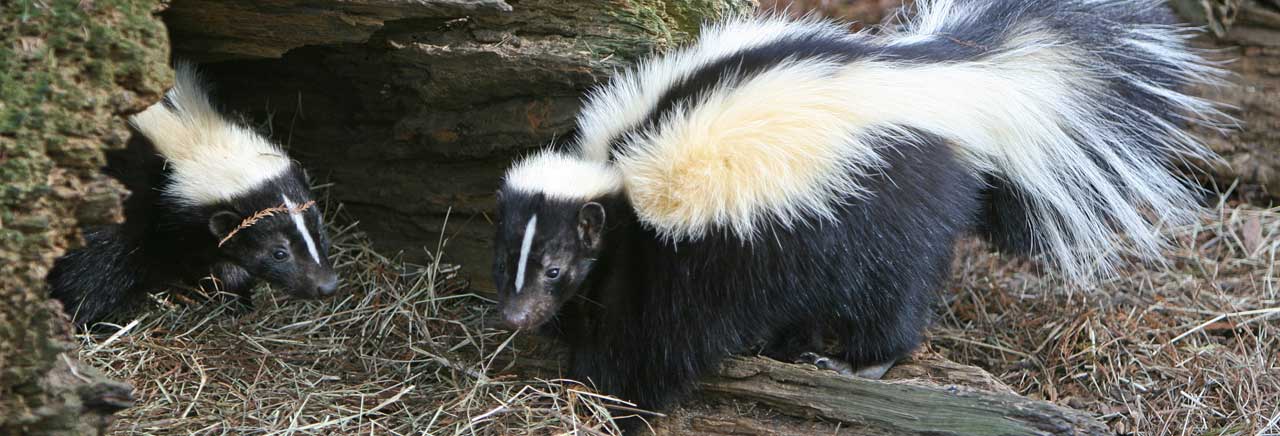About Rabbits
Rabbits are a part of the Leporidae, including all rabbit and hare species. There are 60 different species of mammals in this family! While they look cute and cuddly, they damage your property and carry infectious diseases.
What do they do?
Rabbits are most known for hopping and foraging in gardens. However, they can jump to high heights and long distances! Rabbits can jump up to 3 feet high and 10 feet in distance. Rabbits can almost see 360 degrees due to their eye positioning. Moreover, rabbits spend most of their time grooming, eating, digging, foraging, and playing. Around mid to late morning, they retreat to their dens to relax.
Rabbits in Pennsylvania do not hibernate in the winter; they’re active year-round! They usually spend more time in the winter searching for their food due to greens not being available. They’ll typically eat bark, twigs, and pine needles.
On the contrary, rabbits leave droppings everywhere they go, and can be destructive. During the colder months, rabbits search for shelter from the elements and predators. They prefer to live under decks, in sheds, in crawl spaces, really anywhere accessible, and close to foraging spots!
Preventing Rabbits from making your home their home
Installing fencing that extends below the ground can protect rabbits from gaining entry to your property. It prevents rabbits from digging below the surface as well as other animals like moles and groundhogs.
Performing regular yard clean-up, even in the winter, can make your property less attractive to rabbits. By clearing fallen twigs and branches throughout the winter, rabbits will likely choose a more convenient location for their homes.
Furthermore, having a nuisance wildlife control expert seal any potential entry points prevents rabbits and other animals from entering your home.
What diseases do they carry?
Rabbits carry a variety of viruses including tularemia, salmonella, ringworm, e. cuniculi, tetanus, and sniffles. Most recently in 2020, Rabbit Hemorrhagic Disease (RHD), was detected for the first time in wild hares and rabbits in the United States. In August 2022, RHDV2 was detected for the first time in Pennsylvania in a domestic rabbit facility in Fayette County.
How does it spread?
It is highly contagious and spreads between hares and rabbits through direct contact with an infected live or dead individual, ingesting contaminated food or water, through infected flies, birds, biting insects, predators, and scavengers, and contact with urine, droppings, and respiratory discharges. This virus can survive on clothing, shoes, plant material, or any other items that come in contact with an infected animal.
How does RHD affect rabbits in Pennsylvania?
RHD is fatal, with between 75%-100% of infected animals resulting in death. Infected animals will present poor appetites, lethargy, and blood emitting from their mouths or noses. RHD is not infectious to other domestic animals or people.
Multiple dead or sick rabbits or hares can signify tularemia or plague; diseases that can cause serious illness in people. It is extremely important that an animal removal professional handle the potentially infected animals. With over 15 years of experience, we follow the safest practices for animal removal outlined by the PA Game Commission.
What can we do to prevent RHD?
The PA Department of Agriculture believes that early detection of the disease and removal of the suspected animal is the best method to mitigate the RHD outbreak.
As a home or business owner, avoid touching any dead hares or rabbits. Clean and disinfect all surfaces and equipment that may have contacted RHD-positive animals. We handle many types of animal removal, including dead animals. Call or contact us for safe and effective animal removal!


